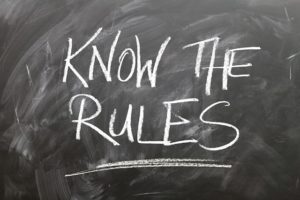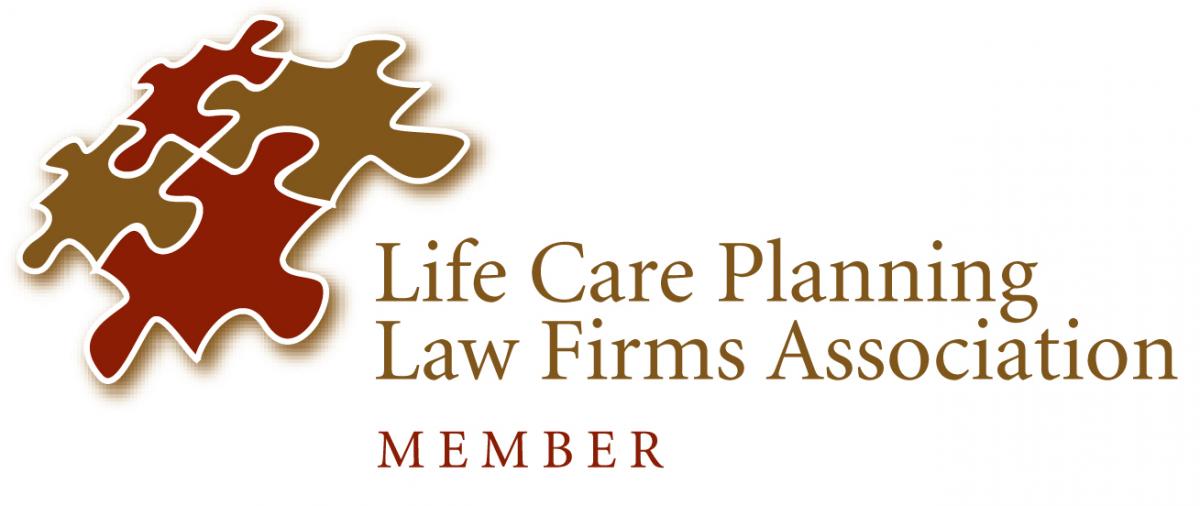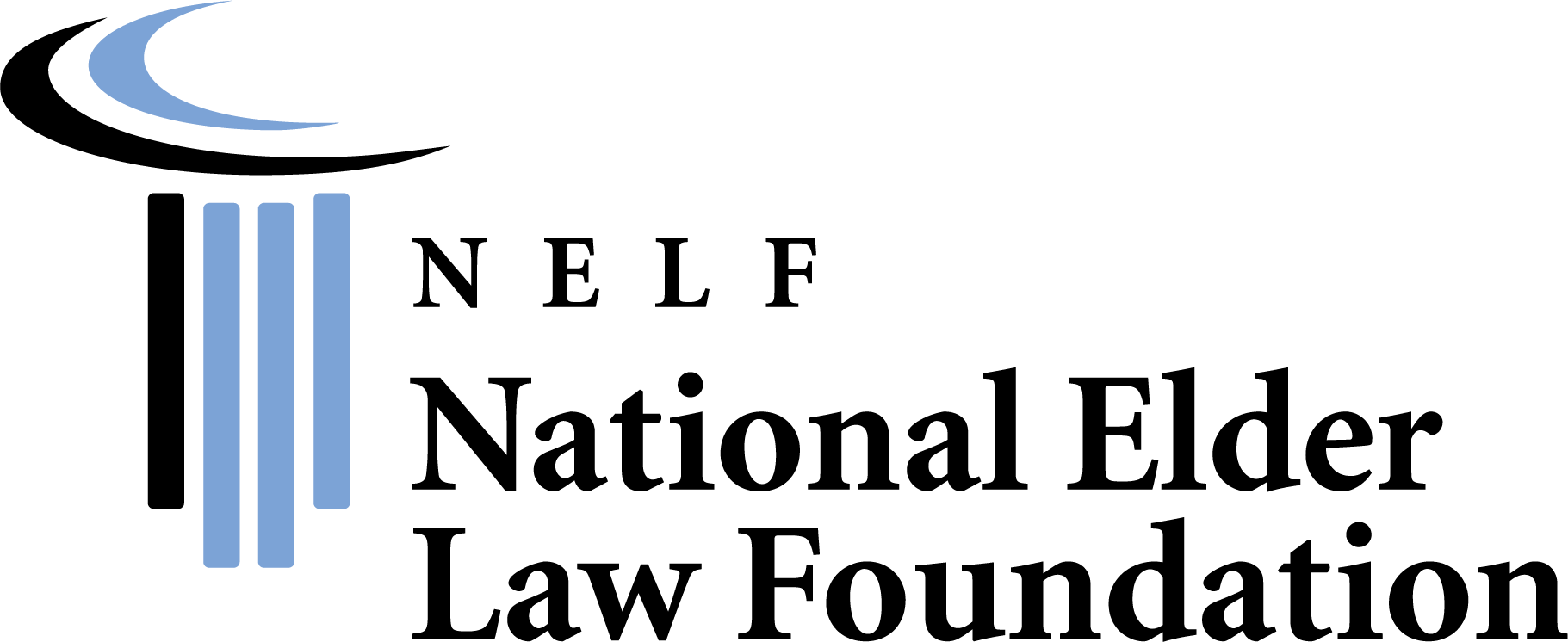Share this
To qualify for nursing home Medicaid, applicants must pass some fairly strict tests on the amount of assets they own. While the Medicaid rules themselves are complicated and tricky, it’s safe to say that a single person will qualify for Medicaid as long as he/she has only exempt assets plus a small amount of cash and/or money in the bank, not exceeding $2,000. But which assets count towards that $2,000 limit? Does Medicaid allow you to keep anything? Medicaid does allow applicants to have some assets that do not count towards the $2,000 asset limit; these are known as Exempt Assets.
Exempt Assets include:
1. Home Place: The applicant’s house and all adjoining land and all buildings on the property are excluded from resources if the equity value of the home is $525,000 or less.
2. Household Goods: Household items including furniture, decorations, art, and appliances are excluded. Personal items such as clothing and jewelry are excluded.
3. Items excluded for burial: The applicant can each have up to $10,000 designated for burial expenses. This can consist of a prepaid funeral contract with a funeral home or funds designated for burial in a bank account. The face value of life insurance is applied toward the burial exclusion amount first.
4. Burial Space Items: Burial plots for the applicant and immediate family are excluded as well as certain other items at the burial site. There is no dollar limit on the cost or value of the burial space items.
5. Life Estate Interests: The applicant’s life estate interests are excluded.
6. Automobiles: One automobile is excluded regardless of value and whether or not it is in use. Note that junked or recreational vehicles are counted as resources.
7. Retirement Funds: Retirement funds such as IRAs, 401(k)s, and pensions are excludable resources if they are being distributed in periodic payments that include a portion of principal. These payments are counted as income in the month received.
8. Non‐marketable Assets: Assets are excluded while the applicant is making a bona fide effort to sell the asset. A bona fide effort may be evidenced by an advertisement in the newspaper or a listing with a real estate agent. The property must be listed for no more than its current value, and the applicant must accept an offer if it is at least 2/3 of the current value.
All other assets are generally non-exempt, and are countable. Basically, all money and property and any item that can be valued and turned into cash is a countable asset unless it is one of those assets listed above as exempt. This includes the following:
1. Life Insurance Policies: The cash value of whole life or other life insurance policies is counted as a resource if the burial exclusion maximum has been reached with other assets.
2. Bank and Investment Accounts: Stocks, Bonds, Mutual Funds, Checking Accounts, Savings Accounts, Certificates of Deposit, Money Market Accounts and Brokerage Accounts.
3. Other Assets: Non-home place Property and Land, Vehicles in addition to the one exempt vehicle, titled recreational vehicles, timeshares and investment properties.
It is worth stating, though, that with advance planning a single person can protect significantly more than $2,000 and still qualify for Medicaid.
If you are curious about how Medicaid eligibility rules can apply to you, please call our office for a complimentary phone consultation at 404-843-0121.
Share this
Subscribe to our blog and monthly newsletter.











